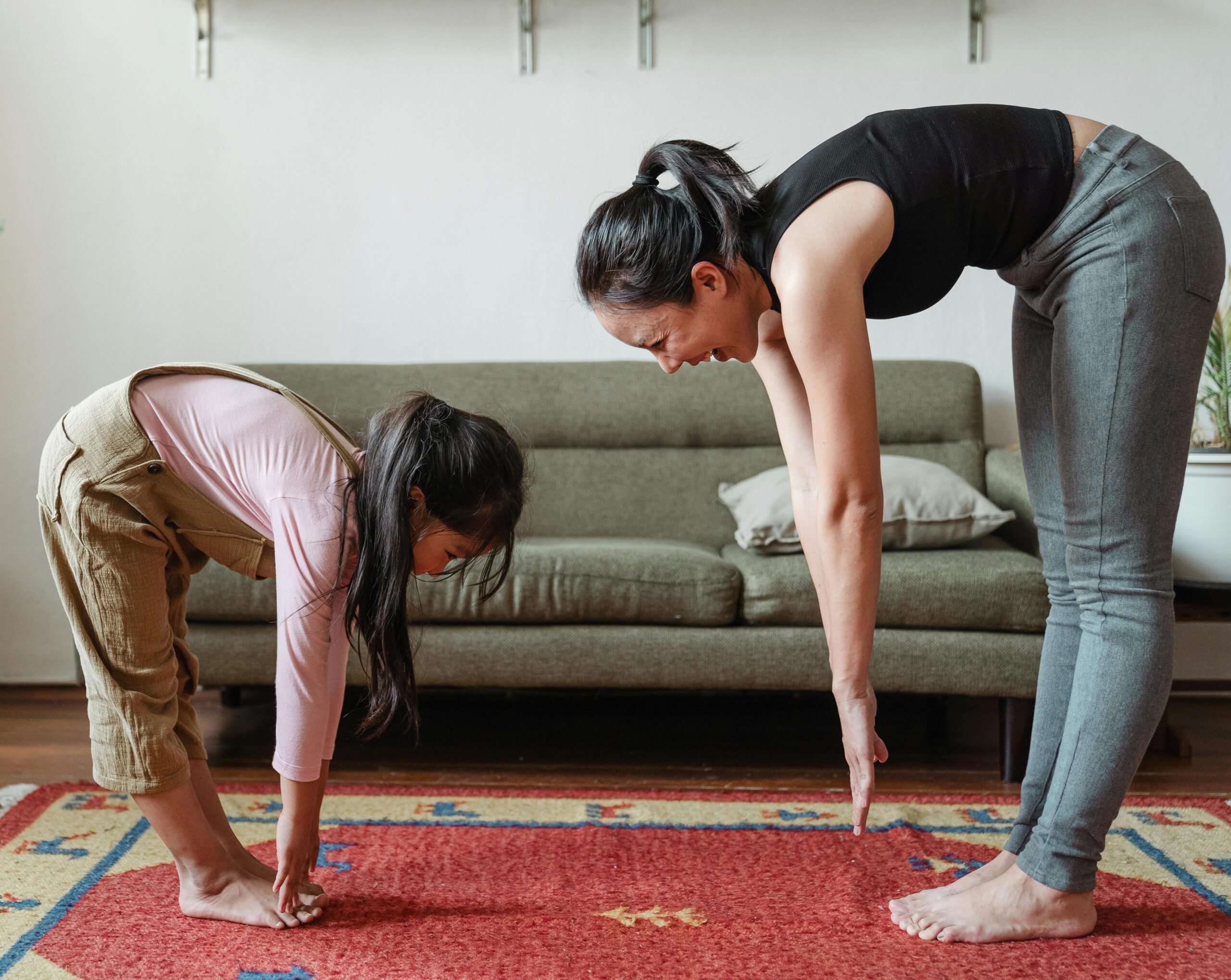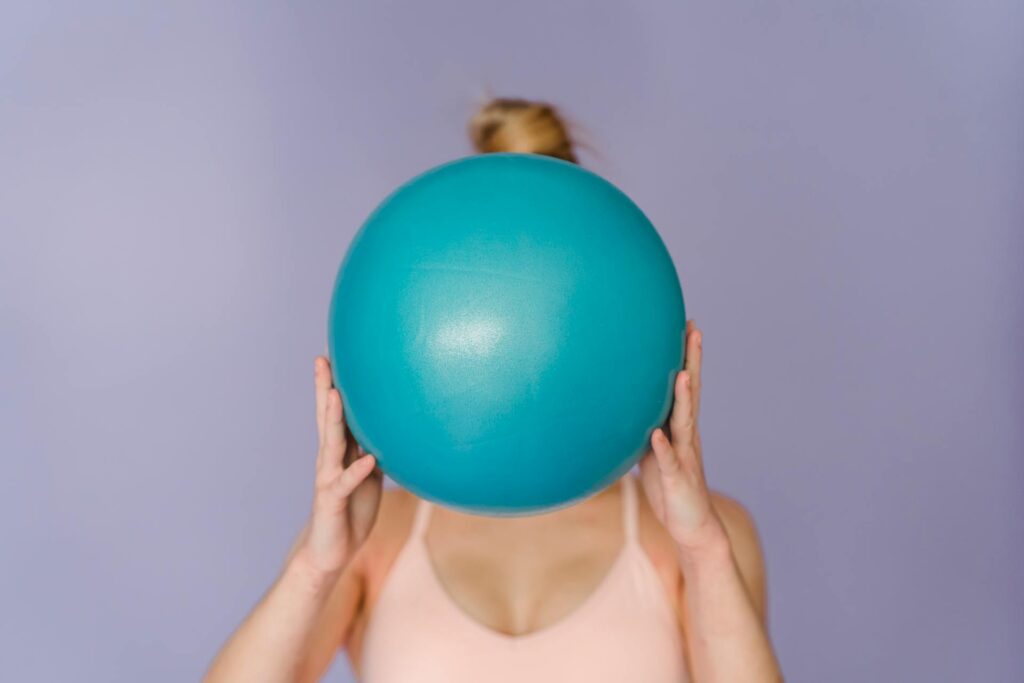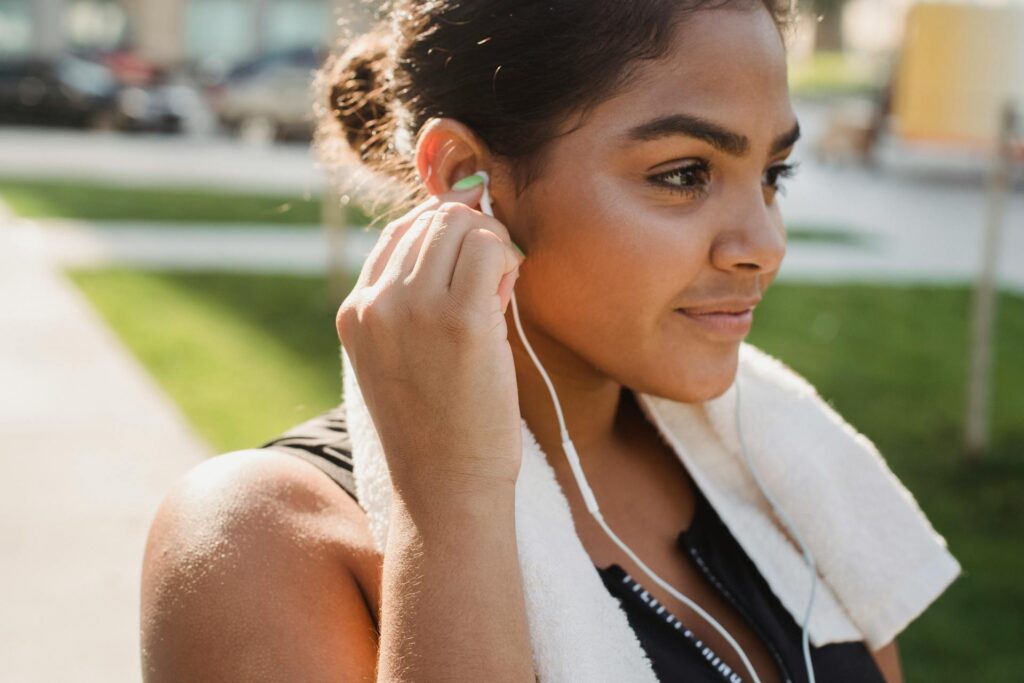Finding time to work out can feel impossible. Between jobs, errands, and responsibilities, exercise often ends up last on the list.
But what if you could get a full-body workout in just 20 minutes? No fancy equipment. No gym membership. Just you, your body, and a little focus.
Why Short Workouts Work
You don’t need to spend hours at the gym to get results. Research shows that short bursts of exercise can improve heart health, boost endurance, and build strength. The key is intensity and consistency.
A 20-minute workout that combines strength and cardio can be just as effective as longer sessions. These short workouts are easier to fit into your day, which means you’re more likely to stick with them over time.
The Benefits of Full-Body Training
A full-body workout hits every major muscle group. That includes legs, arms, core, chest, and back. When you train your entire body, you build balanced strength and improve coordination.
You also burn more calories in less time. Full-body routines raise your heart rate and keep it up, turning your workout into a calorie-burning, strength-building combo. Plus, they cut down on workout boredom since you’re constantly moving between exercises.
The 20-Minute Plan: What You’ll Do
This routine includes bodyweight exercises that work multiple muscle groups. You’ll do four rounds of five exercises. Each move lasts 40 seconds, followed by 20 seconds of rest. After one full round, take a one-minute break before starting the next.
Here’s the workout:
- Squats
- Push-ups
- Mountain climbers
- Glute bridges
- Plank hold
This circuit trains your lower body, upper body, core, and cardiovascular system all at once. You’ll build strength, increase endurance, and get a great sweat—all in 20 minutes.
Read More: The Best Fitness Apps of the Year: What to Download and Why
Squats
Squats target your quads, hamstrings, glutes, and core. Stand with feet shoulder-width apart. Lower down like you’re sitting in a chair, keeping your chest up and knees behind your toes. Push through your heels to stand. Go at a steady pace for the full 40 seconds.
Push-Ups
Push-ups strengthen your chest, shoulders, arms, and core. Keep your hands just outside shoulder-width. Lower your chest toward the floor, keeping your elbows at about a 45-degree angle. Push back up. Drop to your knees if needed, but keep your form strong.
Mountain Climbers
This is cardio and core in one. Start in a high plank. Drive one knee toward your chest, then switch legs quickly. Keep your back flat and core tight. The faster you go, the more intense it becomes. It’s a great move to raise your heart rate.
Glute Bridges
Lie on your back with knees bent and feet flat. Press your hips toward the ceiling by squeezing your glutes and pushing through your heels. Hold for a second at the top, then lower down. This move targets your backside and supports hip stability.
Plank Hold
End each round with a strong isometric hold. Forearms on the ground, elbows under shoulders. Keep your body in a straight line from head to heels. Brace your core and breathe deeply. If 40 seconds is too long, break it into two 20-second holds.
How to Make It Harder (or Easier)
If you’re a beginner, start with 30 seconds of work and 30 seconds of rest. You can also swap regular push-ups for knee push-ups and reduce the number of rounds to two or three.
If you want more of a challenge, add a jump to your squats, do decline push-ups with your feet elevated, or hold weights during squats and bridges. You can also reduce rest time to 10 seconds between moves to keep your heart rate up.
How Often Should You Do It?
You can do this workout three to five times a week. Give yourself at least one full rest day. On off days, try walking, stretching, or yoga to help your body recover.
If you’re pairing this with other workouts, use this circuit on days when you’re short on time or need something quick between longer sessions.
Stick With It
Consistency beats perfection. Even if you only have 20 minutes, use them. The habit of showing up matters more than crushing every rep.
This full-body routine is quick, effective, and requires no equipment. You can do it in your living room, office, or backyard. No excuses—just movement that fits your life.
You don’t need more time. You just need the right plan.
Read More: What’s Better: Morning or Evening Workouts? A Look at the Research



